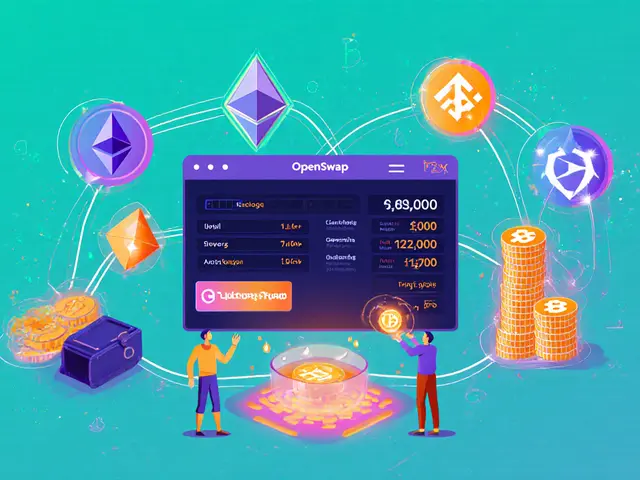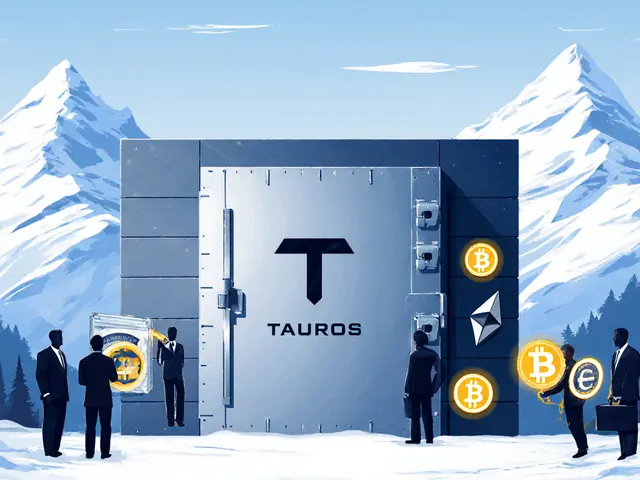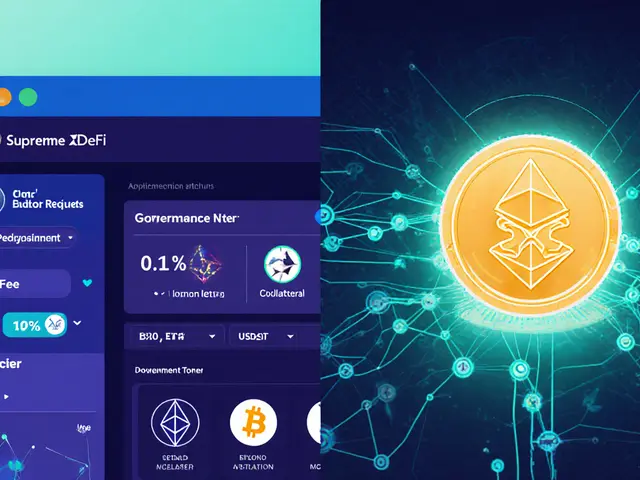Kraken Security: What Every Crypto Trader Should Know
When working with Kraken security, the collection of safeguards Kraken uses to keep accounts, assets, and data safe. Also known as Kraken exchange protection, it covers everything from login checks to wallet isolation. A key piece of this ecosystem is Two‑factor authentication (2FA), an extra code‑based step that verifies the user’s identity on each login. Another pillar is Cold storage, offline wallets where the majority of Kraken’s crypto reserves sit, insulated from online attacks. Finally, API key management, controls that let developers access trading functions without exposing private keys are all part of the security suite.
Why Security Matters on Kraken
Kraken security encompasses multiple layers: the login process, transaction signing, and the way funds are stored. Cold storage protects the bulk of exchange reserves, while hot wallets handle day‑to‑day trades under strict monitoring. Two‑factor authentication adds a verification step that stops most credential‑theft attacks, and robust API key management prevents rogue bots from draining accounts. Recent hacking attempts on other platforms showed that weak API permissions can be a single point of failure, so Kraken’s granular permission settings are a critical defense.
Understanding these mechanisms helps you make smarter decisions when you trade or store assets on Kraken. Below you’ll find a curated set of articles that break down each security component, compare Kraken’s approach with other exchanges, and give practical tips on how to tighten your own account defenses. Dive in to see how the pieces fit together and what steps you can take right now to keep your crypto secure.
A detailed 2025 review of Kraken crypto exchange covering fees, security, features, pros/cons, and how it compares to competitors like Coinbase.



 Finance
Finance




